
You step outside to admire your lawn and notice something unsettling: tiny holes scattered across the yard, but no mounds in sight. Before assuming the worst, remember that nature has its own hidden engineers and occasional troublemakers. Luckily, each has a smart fix. Curious what’s really happening beneath the surface? Keep reading to uncover the causes first.
Cicada Killer Wasps
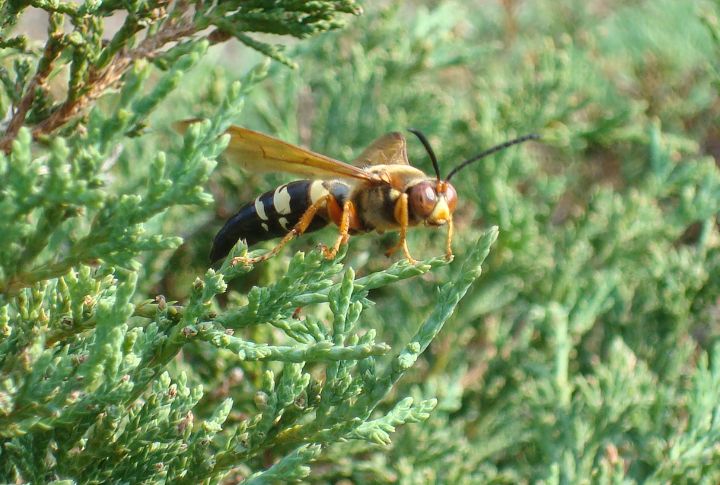
Cicada killer wasps are huge but not as scary as they look. The females dig holes in soft, sandy spots to stash paralyzed cicadas for their young. These burrows usually have small soil piles around them. The males may buzz around like guards, but don’t worry, they can’t sting.
Bird Pecking

If you see small holes scattered across your lawn, birds are likely the reason. They’re pecking for juicy grubs hiding just below the surface. Because birds don’t dig deeply, the holes are shallow and neat, with no piles of dirt left behind.
Vole Tunnel Entrances

Tiny holes about an inch or two wide often point to voles tunneling through your yard. These little rodents prefer spots with thick grass or dense ground cover where they can stay hidden from predators. You might also notice narrow surface trails connecting their entrances.
Snake Shelter Use

Sometimes those strange holes aren’t new at all, as snakes may just be using ones left behind by other animals. Because they don’t dig their own tunnels, you won’t see any fresh dirt. Look closely near sheds or under decks — reused burrows tend to cluster wherever cover is easy to find.
Squirrel Nut Caching
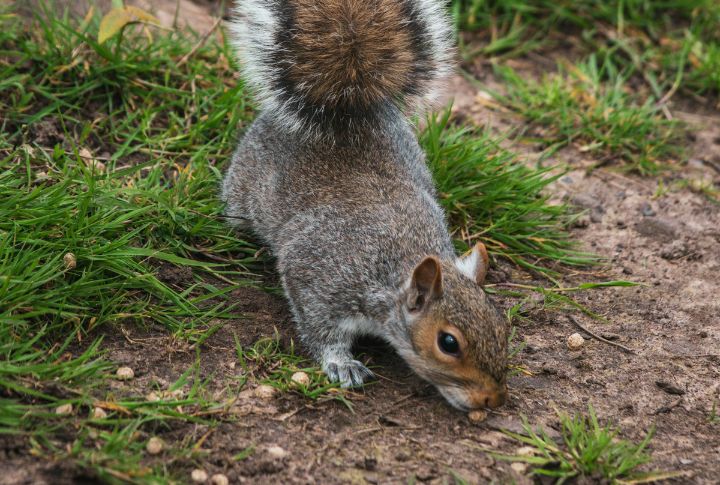
Squirrels act like tiny backyard gardeners. They dig small, shallow holes to stash their nuts and then neatly pat the soil back down, leaving no mounds behind. These little cache spots pop up near trees or bird feeders where squirrels find their favorite snacks.
Focus On Lawn Care
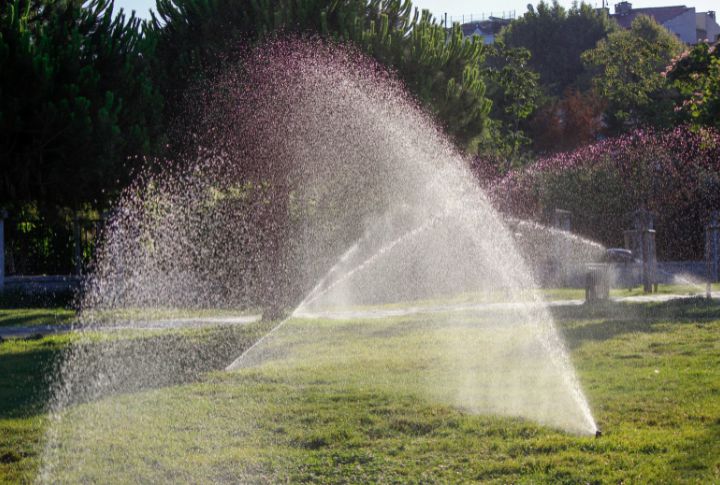
Fighting cicada killer wasps doesn’t mean dumping insecticide into every hole. A well-kept, watered lawn keeps them from nesting in the first place. After treating any active burrows, you should reseed thin spots so they don’t come back. Healthy grass is the best long-term defense.
Use Grub Control

Grub control products help stop birds and animals from tearing up the lawn. It’s recommended to apply them when grubs are small (usually late summer or early fall) for the best results. Keeping your lawn extra thick and healthy makes it much harder for pests to move in.
Use Vole Repellents
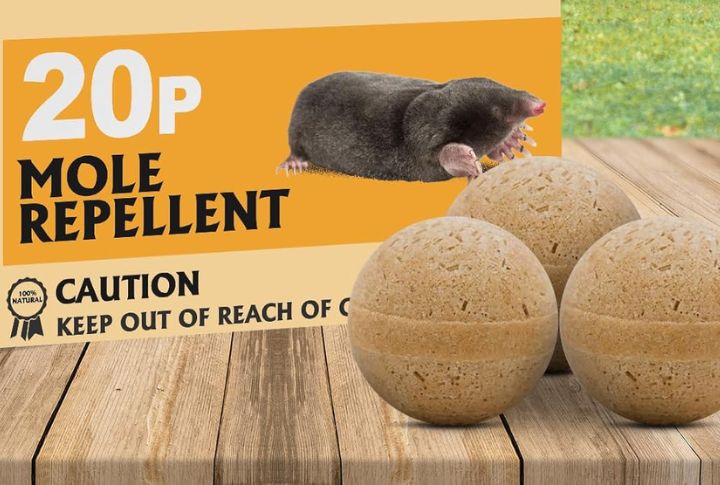
If voles are behind those tiny tunnels, you need to clean up dense ground cover and keep the grass trimmed. That takes away their hiding spots. For extra protection, try castor oil-based repellents or set baited traps to stop them from returning.
Seal Gaps And Control Rodents
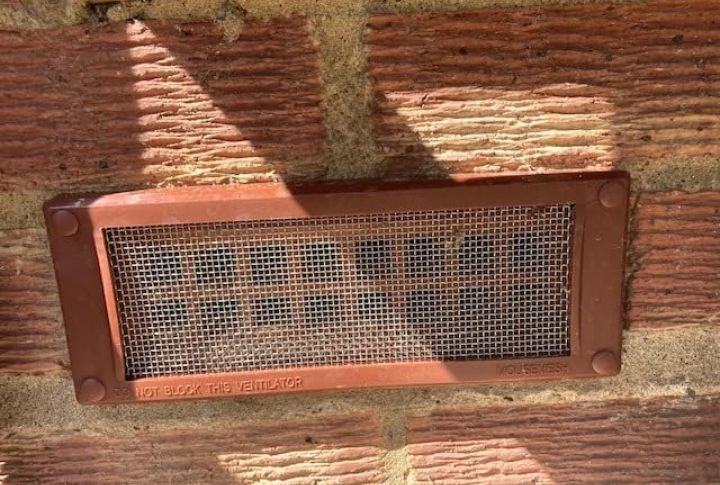
Snakes often move into empty burrows left by rodents, so cutting off both helps. Seal any gaps under sheds or decks with wire mesh or metal flashing to block entry. By keeping rodents under control, you also keep snakes from showing up.
Cut Back Bird Activity

Bird feeders and low branches can turn the lawn into a buffet. Therefore, it’s time to limit access to feeders and trim overhanging branches. This way, you’ll discourage birds from pecking for grubs. Fewer snacks mean fewer holes in your grass.

